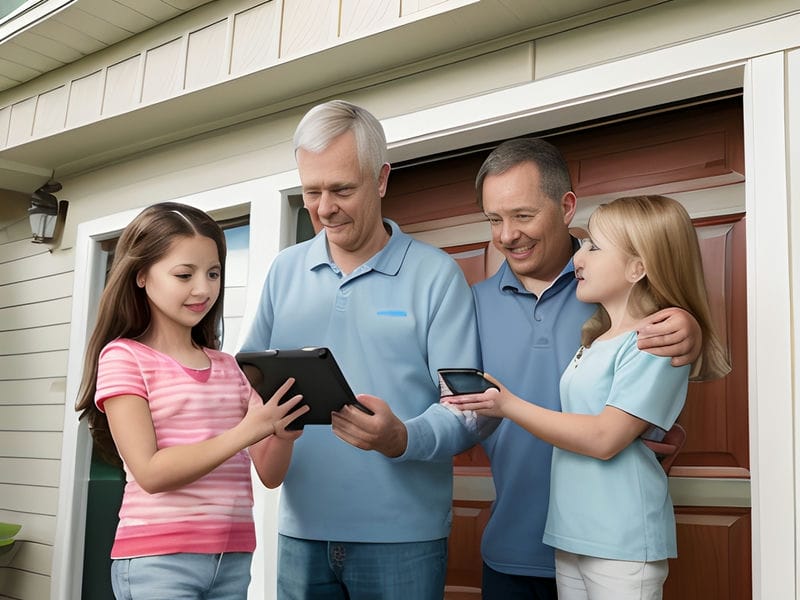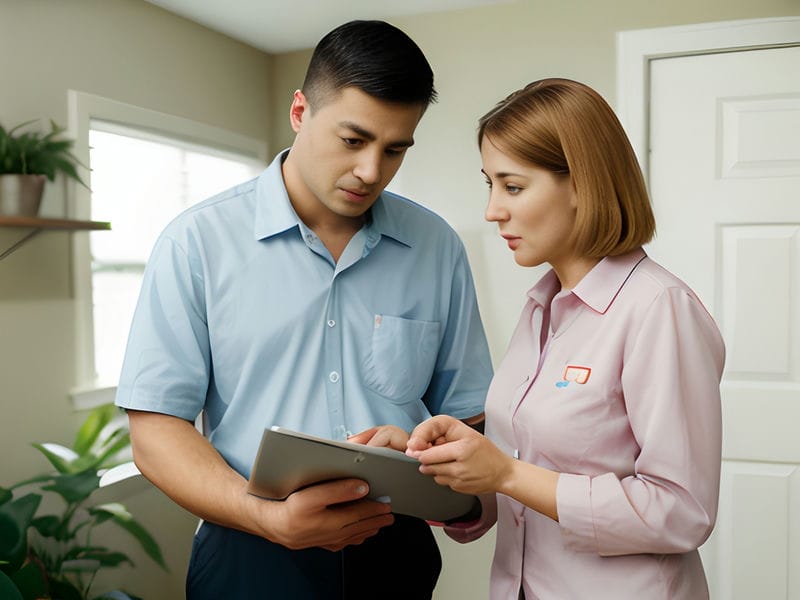
A Guide to Choosing the Right Home Automation System for Your Garage
Benefits of Integrating Your Garage Door with Home Automation
### Benefits of Automating Your Garage
Safety checks are a vital part of any garage door installation or repair service Trends in Home Automation Smart Garage Doors Leading the Way assembly line. Technological advancements are making garage door systems more reliable and user-friendly garage door spring replacement Lockport noon.
In today's fast-paced world, the allure of home automation has extended beyond just smart lights and thermostats; it now encompasses every corner of our homes, including the garage. For many homeowners, the garage is not just a place to park vehicles but serves as an entryway, a storage unit, or even a workshop. This multifunctional space can significantly benefit from automation in various ways that enhance convenience, security, and efficiency.
One of the most compelling benefits of automating your garage is enhanced security. Traditional garages are vulnerable points of entry for potential intruders. Smart garage door openers can be integrated with home security systems to provide real-time alerts if the door is left open or if there is an unauthorized attempt to access it. Many systems include cameras that allow you to monitor activities in and around your garage through your smartphone. This added layer of surveillance ensures peace of mind whether you're at work or on vacation.
Convenience is another major advantage. Imagine being able to open or close your garage door using voice commands or remotely through an app on your phone. No more fumbling for keys or remotes; automation allows seamless integration into daily routines. Some advanced systems even enable geofencing capabilities, automatically opening the garage when you arrive home and closing it when you leave. For those who often find themselves wondering if they remembered to close the garage door after leaving, remote monitoring removes this worry entirely.
Energy efficiency is also a noteworthy benefit when automating your garage. Smart lighting solutions ensure that lights are only on when needed, reducing unnecessary electricity usage. Temperature sensors can control heating and cooling units more effectively, maintaining optimal conditions without wasting energy especially useful for those who use their garages as workshops or gyms.
Additionally, automated garages offer unparalleled customization options tailored to individual needs and preferences. Whether it's integrating with other smart devices like outdoor cameras and motion sensors or setting up specific routines such as turning on lights when the door opens after sunset these systems provide flexibility that traditional setups simply can't match.
Automating your garage also adds value to your property in terms of both market appeal and functionality. As smart homes become increasingly desirable in real estate markets, having an automated garage can make your property stand out among prospective buyers who prioritize modern conveniences.
In conclusion, automating your garage offers numerous benefits ranging from heightened security measures and unparalleled convenience to improved energy efficiency and increased property value. By choosing the right home automation system tailored specifically for your needs, you can transform this essential part of your home into a smarter, safer, and more efficient space that complements today's tech-savvy lifestyle.

